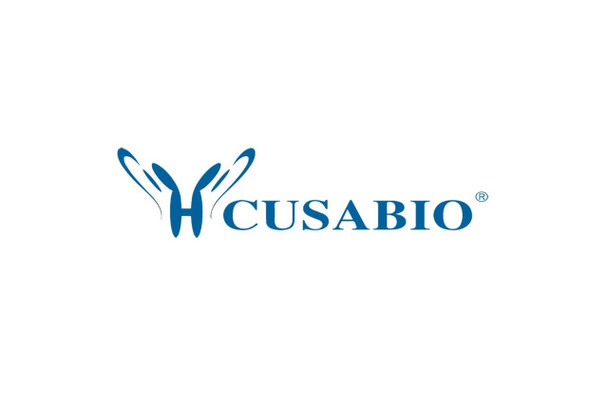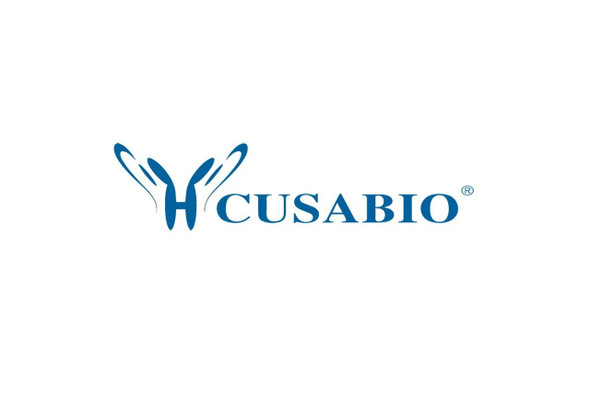Cusabio Human Recombinants
Recombinant Human ATP-sensitive inward rectifier potassium channel 1 (KCNJ1), partial | CSB-EP012047HU
- SKU:
- CSB-EP012047HU
- Availability:
- 13 - 23 Working Days
Description
Recombinant Human ATP-sensitive inward rectifier potassium channel 1 (KCNJ1), partial | CSB-EP012047HU | Cusabio
Alternative Name(s): ATP-regulated potassium channel ROM-KInward rectifier K(+) channel Kir1.1;Potassium channel, inwardly rectifying subfamily J member 1
Gene Names: KCNJ1
Research Areas: Signal Transduction
Organism: Homo sapiens (Human)
AA Sequence: ILAKISRPKKRAKTITFSKNAVISKRGGKLCLLIRVANLRKSLLIGSHIYGKLLKTTVTPEGETIILDQININFVVDAGNENLFFISPLTIYHVIDHNSPFFHMAAETLLQQDFELVVFLDGTVESTSATCQVRTSYVPEEVLWGYRFAPIVSKTKEGKYRVDFHNFSKTVEVETPHCAMCLYNEKDVRARMKRGYDNPNFILSEVNETDDTKM
Source: E.coli
Tag Info: N-terminal 6xHis-tagged
Expression Region: 178-391aa
Sequence Info: Cytoplasmic Domain
MW: 28.3 kDa
Purity: Greater than 90% as determined by SDS-PAGE.
Relevance: In the kidney, probably plays a major role in potassium homeostasis. Inward rectifier potassium channels are characterized by a greater tendency to allow potassium to flow into the cell rather than out of it. Their voltage dependence is regulated by the concentration of Extracellular domain potassium; as external potassium is raised, the voltage range of the channel opening shifts to more positive voltages. The inward rectification is mainly due to the blockage of outward current by internal magnesium. This channel is activated by internal ATP and can be blocked by external barium.
Reference: Nucleotide sequence analysis of the human KCNJ1 potassium channel locus.Bock J.H., Shuck M.E., Benjamin C.W., Chee M., Bienkowski M.J., Slightom J.L.Gene 188:9-16(1997)
Storage: The shelf life is related to many factors, storage state, buffer ingredients, storage temperature and the stability of the protein itself. Generally, the shelf life of liquid form is 6 months at -20?/-80?. The shelf life of lyophilized form is 12 months at -20?/-80?.
Notes: Repeated freezing and thawing is not recommended. Store working aliquots at 4? for up to one week.
Function: In the kidney, probably plays a major role in potassium homeostasis. Inward rectifier potassium channels are characterized by a greater tendency to allow potassium to flow into the cell rather than out of it. Their voltage dependence is regulated by the concentration of extracellular potassium; as external potassium is raised, the voltage range of the channel opening shifts to more positive voltages. The inward rectification is mainly due to the blockage of outward current by internal magnesium. This channel is activated by internal ATP and can be blocked by external barium.
Involvement in disease: Bartter syndrome 2, antenatal (BARTS2)
Subcellular Location: Cell membrane, Multi-pass membrane protein
Protein Families: Inward rectifier-type potassium channel (TC 1.A.2.1) family, KCNJ1 subfamily
Tissue Specificity: In the kidney and pancreatic islets. Lower levels in skeletal muscle, pancreas, spleen, brain, heart and liver.
Paythway:
Form: Liquid or Lyophilized powder
Buffer: If the delivery form is liquid, the default storage buffer is Tris/PBS-based buffer, 5%-50% glycerol. If the delivery form is lyophilized powder, the buffer before lyophilization is Tris/PBS-based buffer, 6% Trehalose, pH 8.0.
Reconstitution: We recommend that this vial be briefly centrifuged prior to opening to bring the contents to the bottom. Please reconstitute protein in deionized sterile water to a concentration of 0.1-1.0 mg/mL.We recommend to add 5-50% of glycerol (final concentration) and aliquot for long-term storage at -20?/-80?. Our default final concentration of glycerol is 50%. Customers could use it as reference.
Uniprot ID: P48048
HGNC Database Link: HGNC
UniGene Database Link: UniGene
KEGG Database Link: KEGG
STRING Database Link: STRING
OMIM Database Link: OMIM









